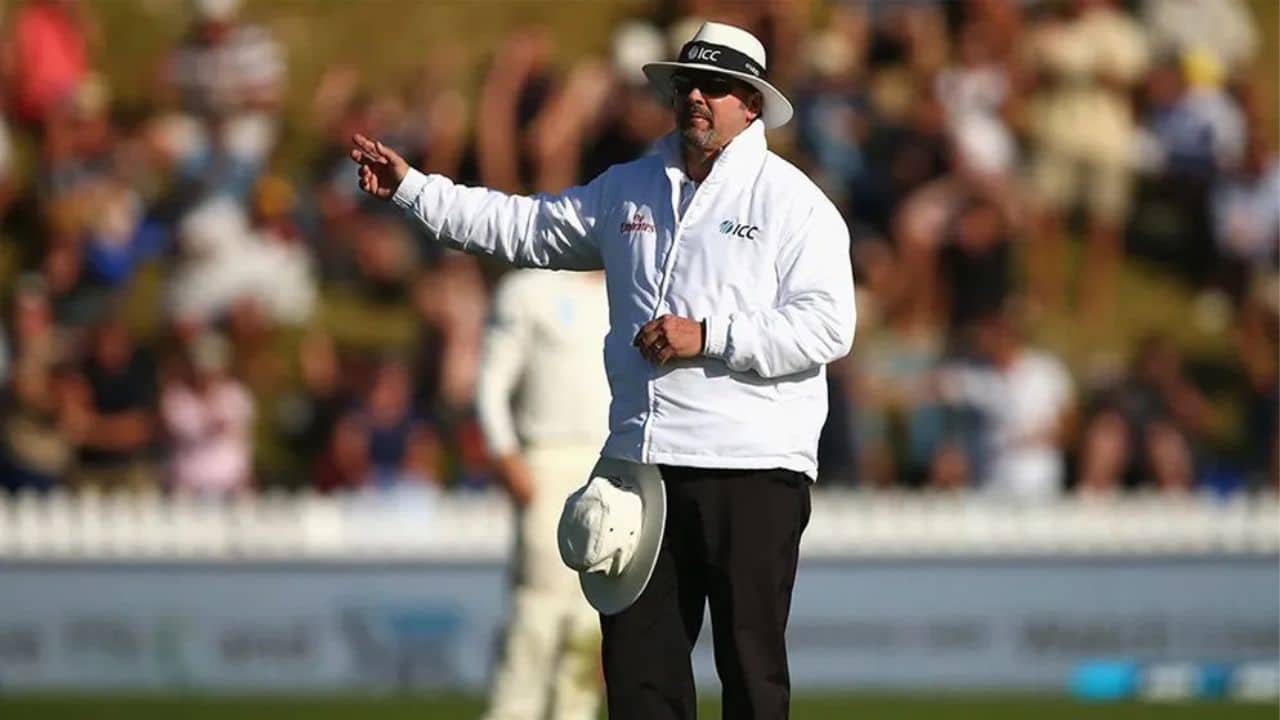According to the ICC, the rules and various types of no-balls in cricket are explained along with the waist height no ball
A no-ball is a sort of illegal delivery made by a bowler to a batter in cricket, according to the MCC’s Laws of Cricket. A no-ball results in an additional run and a free hit delivery to the batting side in most cricket games, particularly limited-overs games.
As a result, a no-ball in the over will not be counted as a legal delivery in six balls over. Following the no-ball, a batter is given a free hit and he/she will not be declared out on the same ball until or unless the batter gets run out, stumped, obstructs the field, or hits the ball twice. With that being said, let’s find out the different types of no-balls in cricket.
Waist Height No Ball In Cricket And If Batsman Is Out Of Crease ICC Rules
There are various types of no-balls in cricket
In all, there are 14 distinct sorts of no-balls in cricket, in addition to stepping over the crease. The most common no-ball deliveries delivered during cricket matches are listed below.
The front foot No ball: The umpire indicates a front foot. When no part of the bowler’s foot is behind the popping crease, there is no ball. A popping crease is a four-foot-long line parallel to the stumps. To be considered legal, the bowler’s foot must be behind the popping crease at the instant of landing when delivering a ball.
Waist Height No Ball: MCC Law 41.7.1 states that “any delivery that passes or would have passed, without pitching, beyond the waist height of the batter standing straight at the popping crease is an invalid delivery. The umpire shall call and indicate “No ball” whenever such a delivery is delivered. A waist-high delivery is not a no-ball if the bowler is slower. Unless the speed is medium or fast, it must be significantly higher – over the shoulders – to constitute an illegal delivery.
No ball for ball bouncing over the head: According to MCC Law 21.10 for No Balls, the umpire has the authority to indicate a No Ball if a bowler’s ball crosses over or would have gone over the striker’s head when standing erect in the popping crease.



